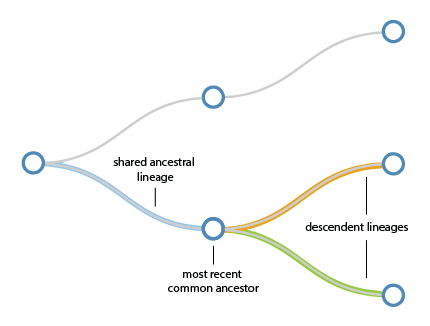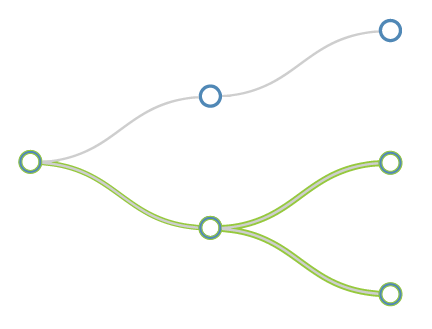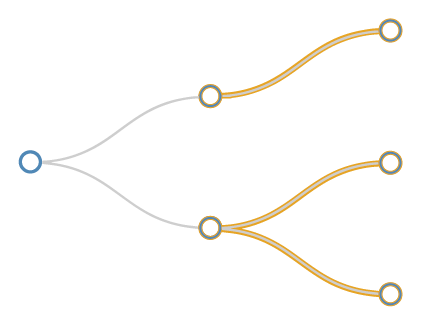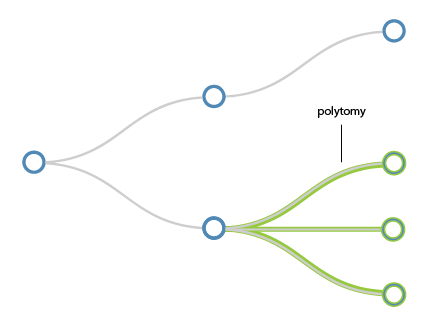Understanding Evolutionary Relationships
To understand evolutionary relationships, one important concept to understand is common ancestry. If two lineages have common ancestry, it means that they descended from the same ancestral lineage, and share some percentage of their genes. However, common ancestry does not mean that two lineages are exactly the same. For example, you and your cousins share common ancestry through your grandparents, but you probably don’t look exactly like them.





